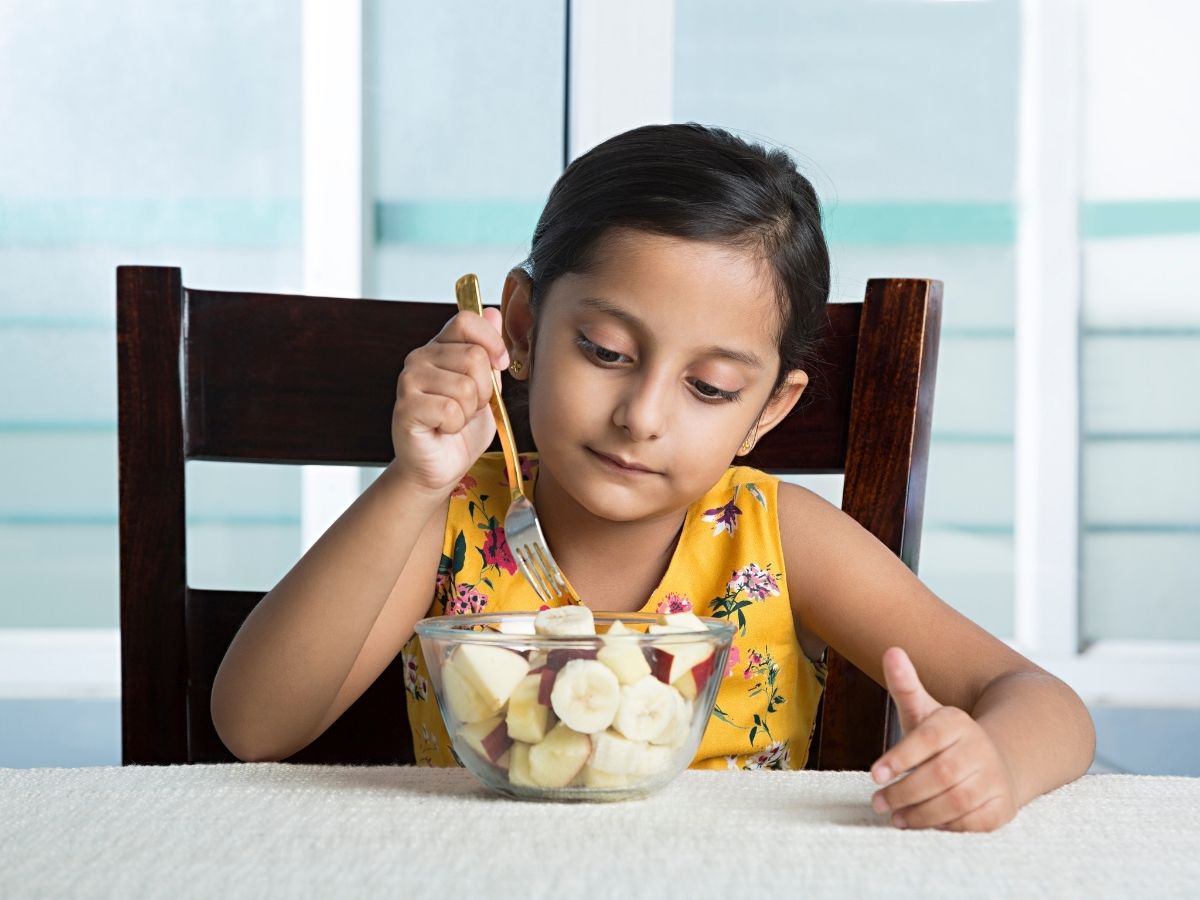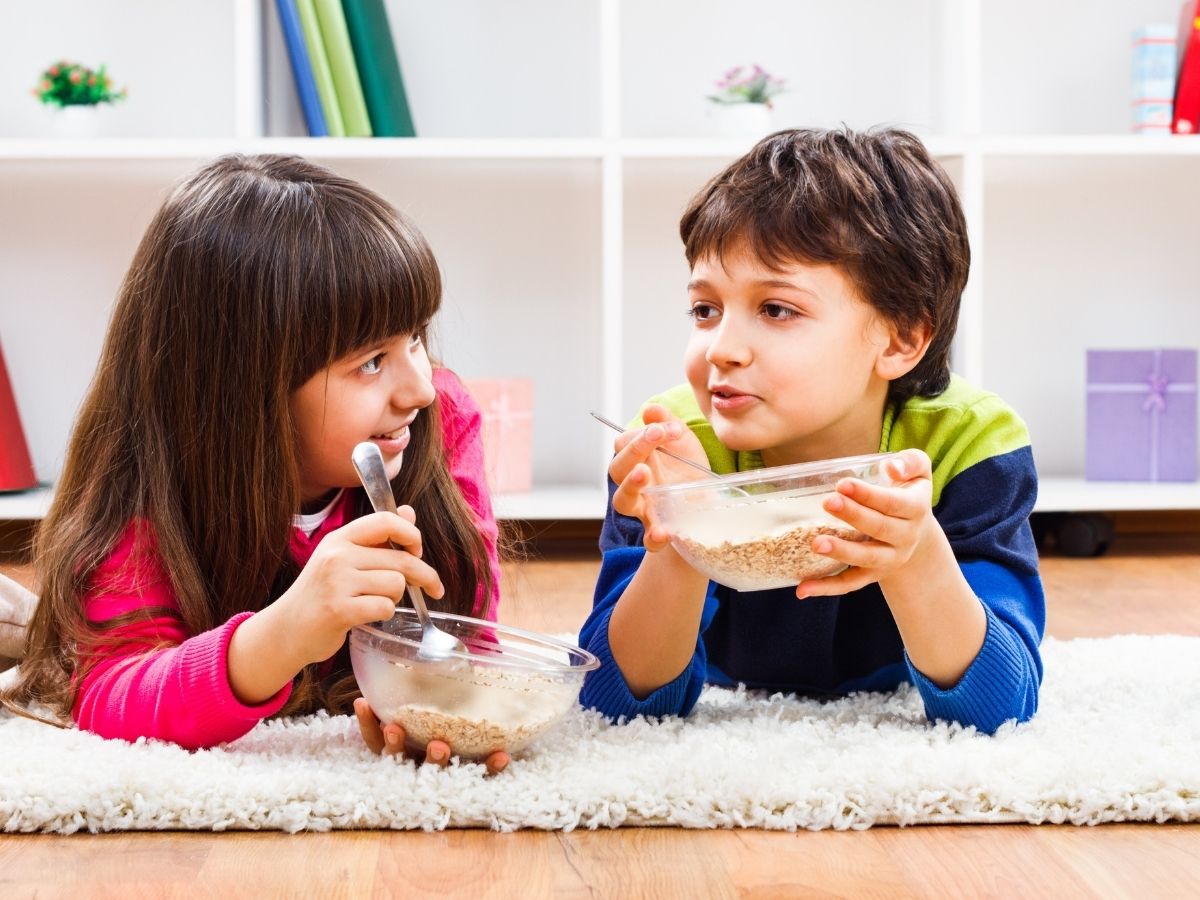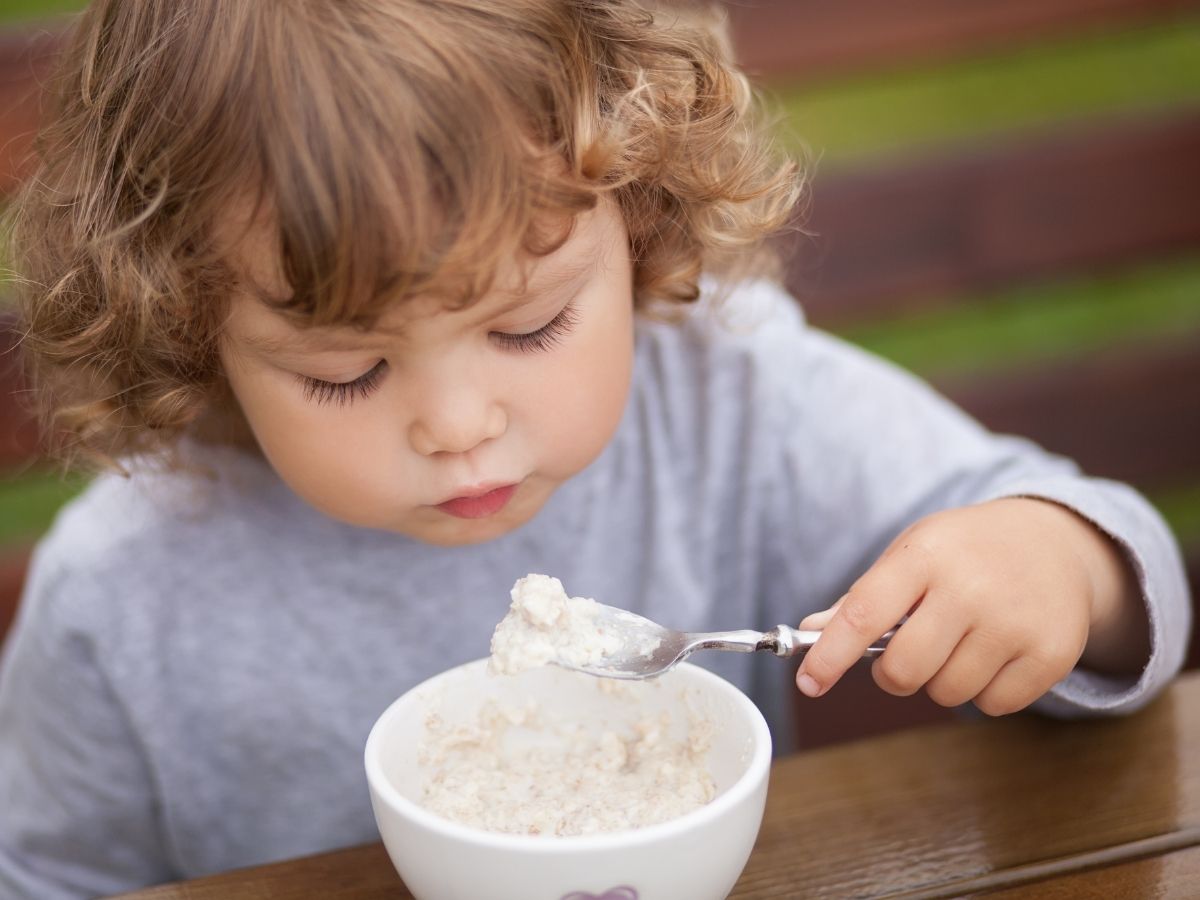Building independent eating in toddlers is a crucial milestone in a child’s development. As toddlers grow, their desire for independence and autonomy, including their eating habits, becomes increasingly evident. In this article, we will explore the importance of promoting independent eating, benefits, and strategies for parents to encourage this vital stage of development.
As toddlers transition from the dependence of infancy, building independent eating becomes a significant milestone in their journey to autonomy. This article guides parents, aiming to empower them with strategies and insights to cultivate a toddler’s self-feeding skills. Encouraging independent eating boosts a child’s confidence and motor skills and lays the groundwork for healthy eating habits. Keep reading to discover age-appropriate techniques, balance between guidance and freedom, and the joy of watching your child embark on self-discovery at the dining table.
1. The Significance of Independent Eating in Toddlers
a. Autonomy Development:
Independent eating builds independence and a sense of accomplishment in toddlers. It allows them to explore and control their food choices, building self-confidence.
b. Fine Motor Skills:
Self-feeding enhances fine motor skills as toddlers learn to grasp, scoop, and manipulate utensils and finger foods.

c. Healthy Eating Habits:
Encouraging independent eating sets the foundation for a lifelong healthy relationship with food. Children who actively participate in mealtime decisions tend to make better food choices.
2. When to Start Fostering Independent Eating
a. Introduction of Solids:
Independent eating begins with solid foods, typically around six months of age. This phase marks the first steps towards developing self-feeding skills.

b. Transition to Finger Foods:
As toddlers approach their first birthday, they can transition to finger foods, allowing them to explore and experiment with different textures and tastes.
3. Tools and Strategies for Independent Eating
a. Child-Friendly Utensils:
Invest in child-sized utensils and dishes easy for toddlers to hold and manipulate. These can include soft-tipped spoons, non-slip plates, and easy-to-grip cups.
b. Finger Foods:
Introduce age-appropriate finger foods like small pieces of fruits, vegetables, and cooked pasta. These are perfect for little fingers to grasp and feed themselves.

c. Provide Choices:
Offer toddlers choices within healthy options. For example, ask if they want apples or pears, carrots or peas, to let them feel in control of their meals.
d. Model Behavior:
Eat together as a family, as toddlers tend to mimic the actions of older siblings and adults. Demonstrate proper chewing and swallowing, and use utensils appropriately.
4. Mealtime Etiquette and Independence
a. Encourage Exploration:
Expect messes as your toddler explores food. Encourage them to touch, smell, and even play with their food within reasonable limits.

b. Self-Feeding Skills:
As they develop, allow your toddler to practice using utensils, even if it means some spills and struggles. Patience is key during this learning phase.
c. Sensory Experiences:
Ensure that mealtime is about eating and experiencing food through different senses. Discuss the colours, textures, and tastes of the meal.

5. Promoting Healthy Choices
a. Balanced Diet:
Offer a variety of foods from different food groups to provide a balanced and nutritious diet. Encourage toddlers to make choices from these options.
b. Avoid Pressure:
Avoid pressuring your child to eat specific foods or finish their plate. Instead, respect their appetite and preferences to establish a positive mealtime environment.
c. Limit Sugary and Processed Foods:
Minimize the consumption of sugary snacks and processed foods. Instead, emphasize whole foods and fresh ingredients to develop a taste for healthier options.

6. Patience and Persistence
a. Trial and Error:
Understand that independent eating is a journey with ups and downs. Toddlers may show resistance or inconsistency. Be patient and consistent in your efforts.
b. Praise and Encouragement:
Celebrate your toddler’s accomplishments at the table, no matter how small. Positive reinforcement can motivate them to continue exploring their independence.
c. Consult a pediatrician:
If you encounter severe feeding challenges or concerns about your child’s growth, consult a paediatrician for guidance and support.

7. Benefits of Fostering Independent Eating
a. Enhanced Development:
Independent eating nurtures fine motor skills, hand-eye coordination, and cognitive development as toddlers learn to make choices.
b. Healthy Relationship with Food:
Promotes a positive attitude toward food and builds good eating habits from a young age, reducing the risk of picky eating.
c. Parent-Toddler Bond:
Allowing toddlers to exercise independence at mealtimes can strengthen the parent-child bond as trust and communication grow.

Building independent eating in toddlers is important to their growth and development. It empowers them with confidence and skills while laying the foundation for a healthy relationship with food. As a parent, it is essential to support and guide toddlers on this exciting journey towards independence at the dinner table. By offering the right tools, creating a mealtime environment, and showing patience, you can help our children flourish in the baby steps they take.
